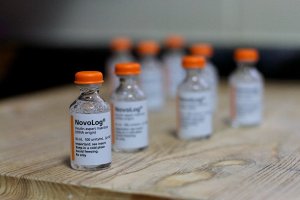This paper considers the relationship between profits realized from higher insulin list prices, pharmaceutical innovation, and the financial structures of the three dominant insulin manufacturing companies, which set list prices.
The list prices of analogue insulin medicines in the United States have soared during the past decade. In the wake of high-profile cases of prescription medicine “price-gouging”, such as Mylan’s EpiPen and Turing-acquired Daraprim, actors across the insulin supply chain are today facing growing scrutiny from US lawmakers and the wider public. For the most part, however, the role of shareholders in the insulin supply chain has been overlooked. This paper considers the relationship between profits realized from higher insulin list prices, pharmaceutical innovation, and the financial structures of the three dominant insulin manufacturing companies, which set list prices. It shows that despite claims to the contrary, insulin manufacturers extracted vast profits from the sale of insulin products in the period 2009-2018, as insulin list prices rose. Distributions to the company shareholders in the form of cash dividends and share repurchases totaled $122 billion over this period. The paper also considers the role of other actors in the insulin supply chain, such as pharmacy benefits managers (PBMs), in the determination of list prices. The data and analysis presented in the paper indicates that financialization could be considered in tension with not only the development of new drugs that will be available to patients in the future, but also the affordability of products that already exist today.


